One of the most commonly misused terms for a stretch wrapper is a shrink wrapper. Often, people that use stretch wrappers refer to them as shrink wrappers. The ironic thing is that the two machines look nothing alike, and the functions they perform do not provide the same result.
Read on to find out what shrink wrap is and how it differs from stretch wrap. We’ll also discuss when you should use each type of wrap and how Handle It can help you find the right equipment for your needs.
The purpose of a shrink wrap machine is to apply heat to a polymer plastic film that shrinks to the product it’s covering. This process is normally done with some sort of heat gun or hand-held device. Sometimes it’s done with larger shrink wrap systems that are about the size of an office desk.
When shrinking film to the product, the wrap is normally used to encase packs of products or individual products. An example of shrink wrapping an individual product would be shrink wrapping a book so it looks like new when purchased. For packs of products, you can imagine boxes of cereal shrink-wrapped to a cardboard container to package them together.
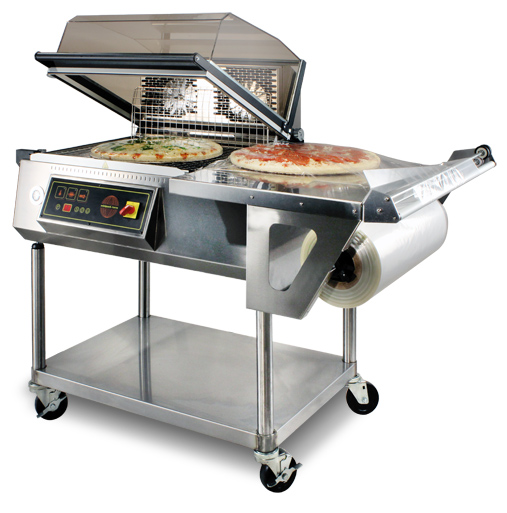
When packaging individual items for retail, you’ll likely want to use shrink wrap to protect your products from damage or contamination. When packaging food items, you should always use shrink wrap, not stretch wrap.
Shrink wrap is rarely used to secure products together on a pallet for transportation purposes. That’s where a stretch wrap machine comes in.
A stretch wrapper is used to secure multiple products that are normally cased or boxed and secure them to a uniform position on a pallet. This process is done by applying tension to stretchable film and wrapping that film tightly to the product on a pallet. Unlike with shrink wrapping, there is no heat or shrinking of the material involved in the stretch wrapping process.
The most common way stretch wrapping is done is with a machine like a semi-automatic turntable pallet wrapper. In this process, a pallet with a product stacked in a uniform position is placed on a turntable. The turntable then spins around in circles while stretch wrap film from a film roll is attached to the load.
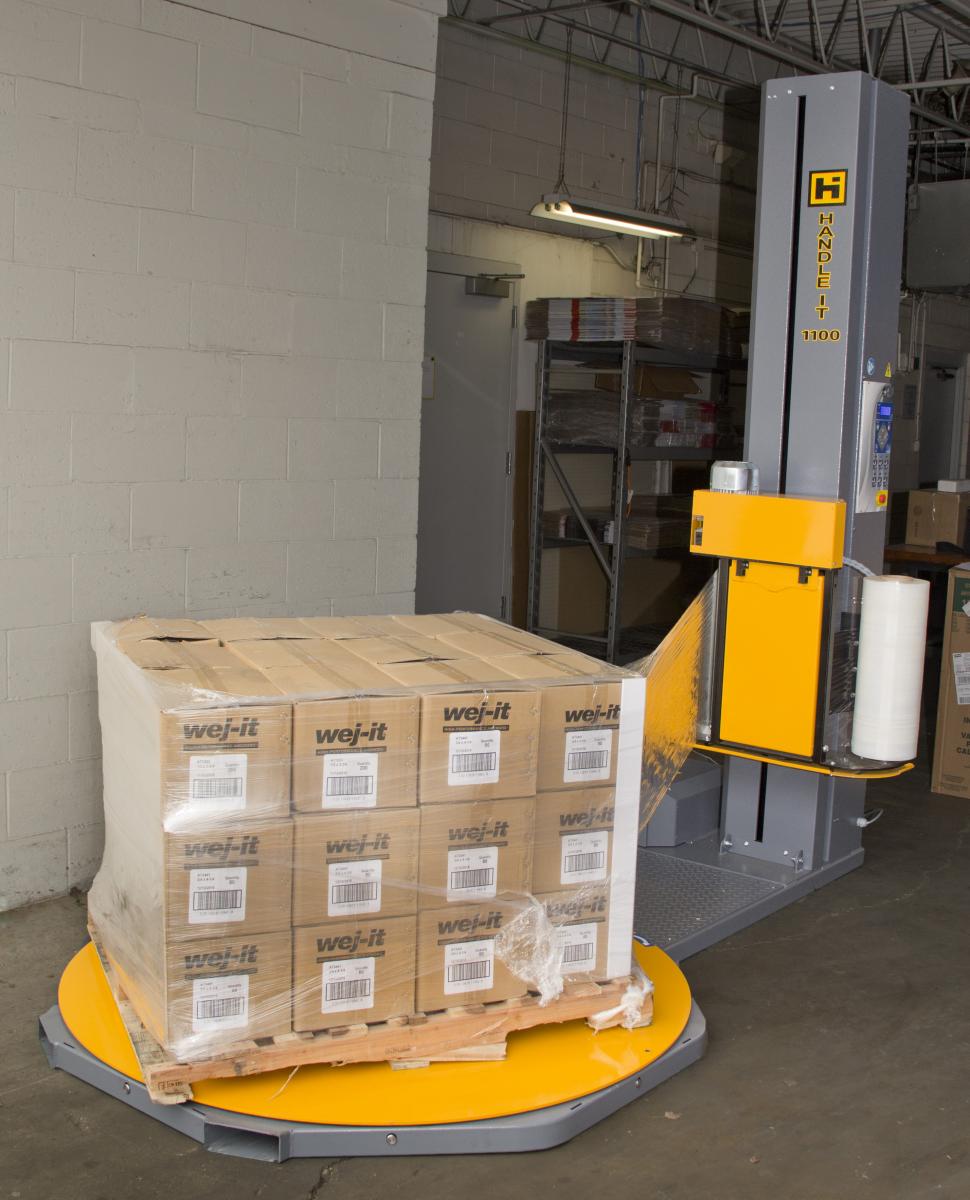
The stretch film is tightened either by mechanical tension or electronic tension. The film is then raised up and down on a carriage so the entire pallet can be “wrapped” with film. This process ensures the items are tightly bound and secures the load so it arrives intact after transportation.
This same result can be accomplished with a rotary arm stretch wrap machine. With a rotary arm stretch wrapper, there is no turntable. Instead, the product stays in place on the pallet. A rotary arm then circles the pallet with the film that is being stretched around the product.
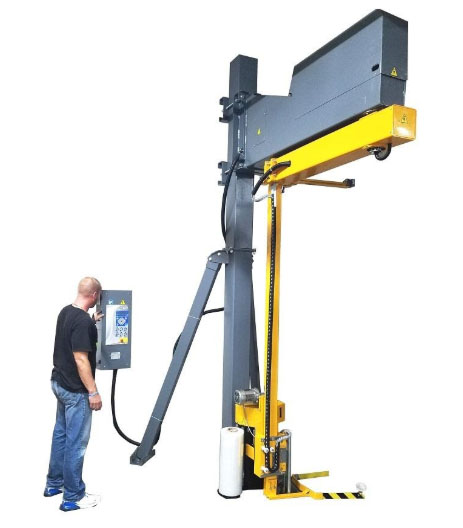
Stretch wrap is more commonly used when applying film to industrial products. The film used in the stretch wrap process is typically thicker than film used in shrink wrapping. The thicker film makes it more puncture-resistant and tear-resistant, so it’s ideal for heavier products being transported over long distances.
Now that you know the differences between stretch wrap and shrink wrap, you’re probably wondering where you can find the right equipment for the process.
When it comes to stretch wrap, Handle It is an industry leader in providing pallet wrapper machines for warehouses. If you’re looking to save time and money, you should consider upgrading your in-house process from hand wrapping to machine wrapping.
In addition to providing top-of-the-line industrial equipment, Handle It wants to make sure your stretch wrapping system is as efficient and cost-effective as possible. If you’re considering an investment, you should learn more about the pre-stretch process. This process reduces the amount of film used in your wrapping process overall, saving your warehouse money in the long run.
Learn About Film Pre-Stretch Wrap
BACK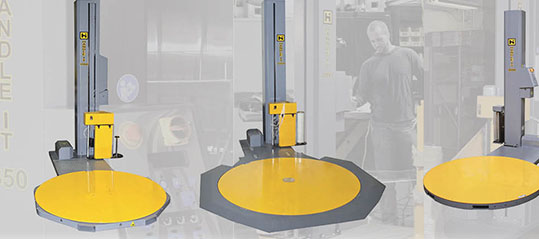
Shop our wide variety of pallet wrapping machines and stretch wrappers to improve your current packaging process.
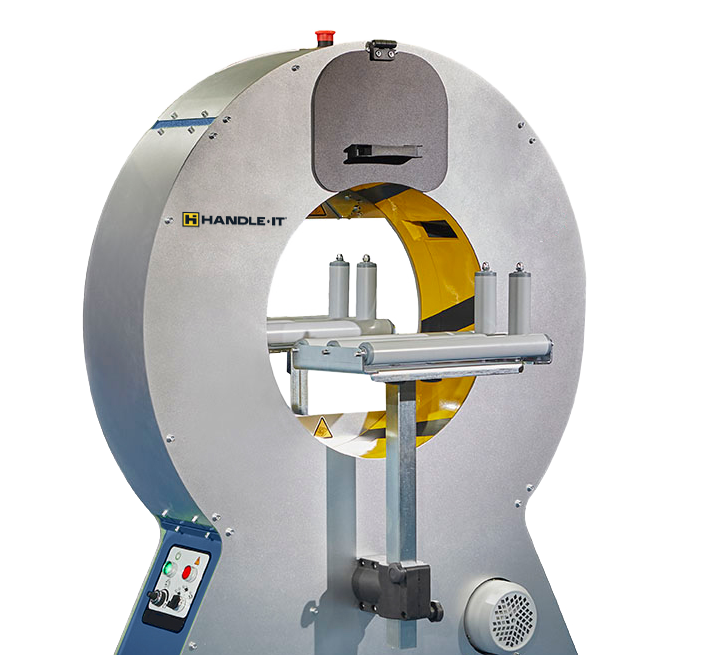
Shop our several types and sizes of orbital wrapping machines to meet your horizontal product bundling needs.
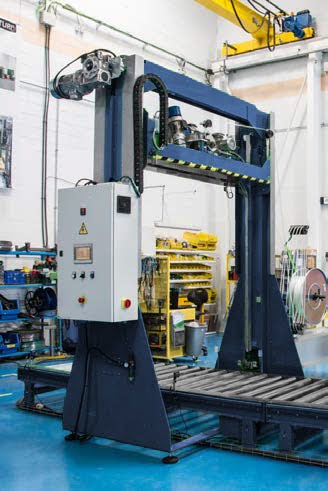
Shop our pallet strapping equipment to secure your products for safe and reliable transport.
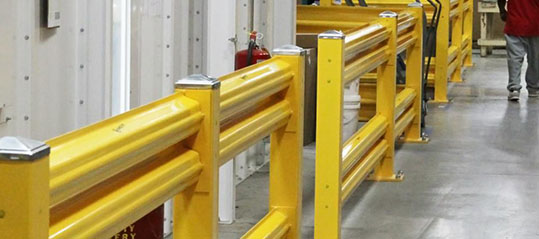
Shop our guard rail systems and components to improve the safety of the people, structures and items in your warehouse.
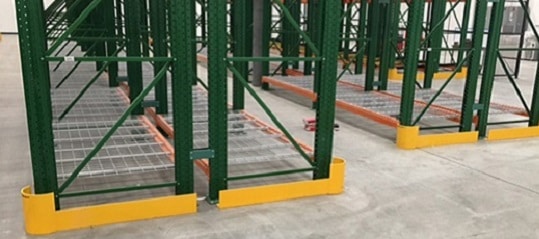
Shop rack & post protectors to decrease the damage to your pallet racks and posts due to impact from forklifts and pallets.